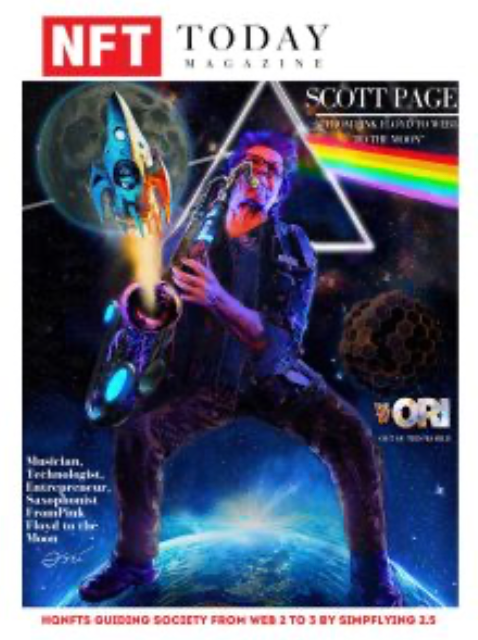GPT-4o’s Image Generation Is Fueling a New Era of Studio Ghibli-Style Art—But Is It Any Good?
Staff Writer • 2025-03-27
If your social feeds have recently been flooded with whimsical forests, soft-lit characters, and surreal creatures straight out of a Studio Ghibli film—no, Hayao Miyazaki hasn’t suddenly gone on an Instagram spree. What you're seeing is the handiwork of GPT-4o, OpenAI’s latest model with native image generation capabilities that’s fast becoming a pop culture paintbrush. The release of GPT-4o isn’t just about faster reasoning or better contextual understanding—it’s about what happens when anyone, with no formal training, can summon emotionally resonant, dreamlike visuals with a single prompt. And right now, the collective imagination is obsessed with Ghibli. Aesthetic Anarchy Meets AI Precision Studio Ghibli’s signature style—hand-drawn charm, soft palettes, and fantastical realism—has long captured hearts worldwide. With GPT-4o, users are creating eerily authentic Ghibli-style frames: a raccoon wearing a hat standing by a noodle cart at dusk; a girl with wide eyes floating among glowing jellyfish; entire fictitious towns that feel pulled from Spirited Away or My Neighbor Totoro. But while the style is there, the substance is up for debate. “It looks beautiful at first glance,” says Jae Lin, a digital artist and Ghibli enthusiast. “But when you look deeper, it often lacks narrative cohesion or emotional depth. It’s style over soul.” MidJourney: The OG with an Identity Crisis Let’s not forget MidJourney, the AI art darling that helped kick off the image generation boom. It’s been around longer, has arguably finer aesthetic controls, and maintains a strong cult following. But here’s the rub: it never became a household name like GPT. Even with loyal Discord channels and mind-bending visuals, MidJourney has remained a tool for creatives—not a cultural movement. GPT-4o, on the other hand, benefits from brand saturation. With OpenAI’s integration into everything from ChatGPT to Microsoft Copilot, its tools are no longer just for developers or artists—they're for your neighbor, your boss, your barista. This isn’t just about output quality. It’s about accessibility, UX, and perception. GPT-4o has mainstream momentum. MidJourney feels like the boutique cousin. Democratization Doesn’t Equal Mastery Of course, just because anyone can generate Ghibli-style images doesn’t mean they should. One of the biggest misconceptions around AI tools—whether GPT-4o, MidJourney, or DALL·E—is that they replace creativity. In reality, they require just as much curation and taste. A badly written prompt produces a bad image, no matter how powerful the engine behind it. “Most people think prompting is easy,” says Carla Ngo, an AI creative director. “But you need artistic sensibility. Otherwise, you’re just generating noise in a Ghibli costume.” Some outputs, despite the beautiful veneer, feel hollow—emotionally flat recreations of a beloved aesthetic, devoid of narrative weight. It's the AI equivalent of a velvet Elvis painting: technically impressive, but emotionally awkward. What This Means for Art and Culture The question now isn’t whether AI can generate art. That’s settled. It’s whether it can generate meaningful art. GPT-4o’s Ghibli trend reveals the current tension: we have the tools to replicate beauty, but not necessarily the wisdom to wield them well. Still, the cultural implications are seismic. For the first time, entire subgenres of visual art can be created by people who’ve never touched a paintbrush or stylus. That’s thrilling. It’s also a bit terrifying. We're entering an era where anyone can be a visual storyteller, but not everyone is a good one. GPT-4o may make the magic, but it’s still up to us—flawed, inspired, human—to make it matter.
See More Posts
A look at how NFTS, Web 3, Gaming, Cryptocurrencies and Blockchain are reshaping businesses across the globe.
@NFT Today Magazine


